#geometridae moth
Note
Could you possibly do the Leuciris fimbriaria? Thanks!
Moth Of The Day #247
Leuciris fimbriaria
From the geometridae family. They can be found in Australia.


Image sources: [1] [2]
#moth#moths#lepidopterology#lepidoptera#nature#pretty moth#bugs#insect#moth of the day#motd#lepidoptery#entomology#bugblr#bug#insects#leuciris fimbriaria#geometridae#geometridae moth
667 notes
·
View notes
Text
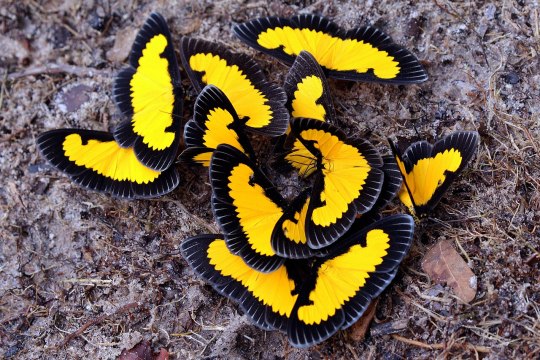
Saffron Playboy Moths (Xanthiris flaveolata), family Geometridae, Cristalino River, Southern Amazon, Brazil
photograph by Charles J. Sharp
4K notes
·
View notes
Text
Bug of the Day
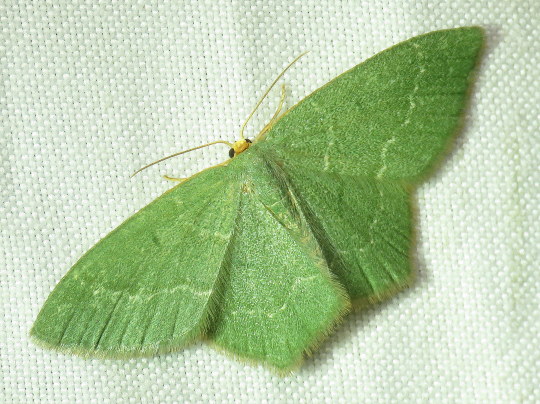
I have posted several of these pistachio emeralds (Hethemia pistasciaria) already but OMG THE GREEN 💚💚💚💚💚💚
#pistachio emerald#💚#Hethemia pistasciaria#Hethemia#Geometridae#moth#Lepidoptera#insect#bug of the day#BotD#its not easy being green#kermie#green#emerald
1K notes
·
View notes
Text
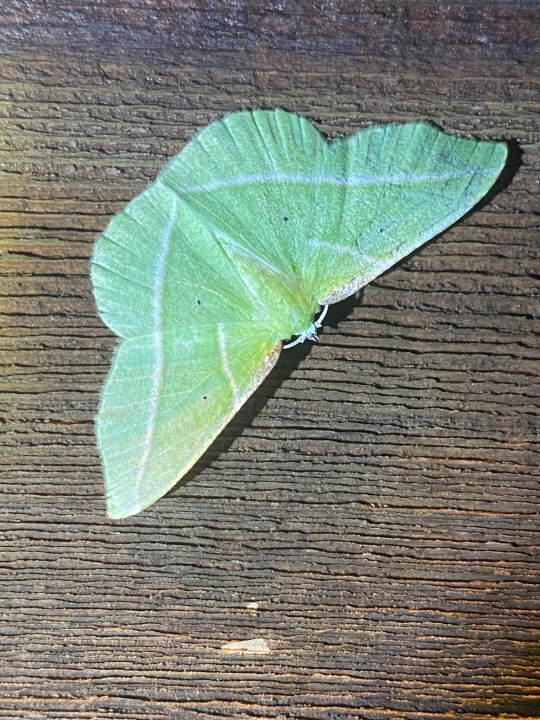

god I wish that were me
264 notes
·
View notes
Photo

An ornate emerald moth (Allochrostes biornata) in Kruger National Park, South Africa
by Bernard Dupont
#ornate emerald moth#butterflies and moths#Allochrostes biornata#allochrostes#geometridae#lepidoptera#insecta#arthropoda#wildlife: south africa#wildlife: africa
976 notes
·
View notes
Text
why is this moth so underappreciated????
this is the pink belly moth, and they're ADORABLE


literally like rosy maple moths but their wing pattern is SOOOOO much prettier. Look at those colours??? That strip of yellow looks so pretty too. Show this boy some love :)
These are part of the geometridae family, one of my personal favourites :)
#moth#insectblr#moths#bugs#insects#flying#insect#bugblr#cute#wings#geometridae#pink#pink bellied moth#rosy maple#ikemoths#photography#small cute bug#bugs tw
1K notes
·
View notes
Text
Moth of the Week
Canary-shouldered Thorn
Ennomos alniaria
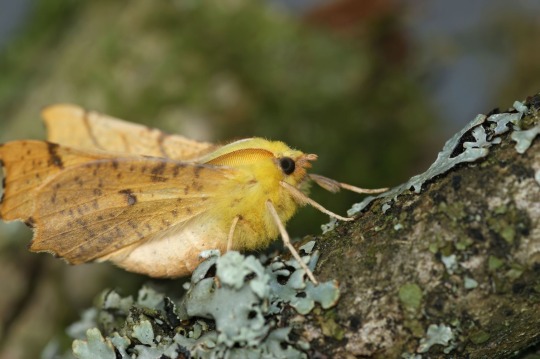
The canary-shouldered thorn was first described in 1758 by Carl Linnaeus. It is a part of the family Geometridae. This moth gets its name from its bright yellow coloring.
Description This moth has a bright canary yellow head and thorax. The forewings and hindwings are a ochre yellow with gray speckles. Both the forewings and the hindwings are a scalloped shape and both have a single dot on each wing called “discal spots” with the spots being larger on the hindwing. The forewings have two curved lines going across them.
This moth looks very similar to the Dusky Thorn, August Thorn and September Thorn moths.
Wingspan Range: 34 - 42 mm (≈1.34 - 1.65 in)
Forewing Range: 16 - 20 mm (≈0.63 - 0.79 in)
Diet and Habitat The larva of this species feed off of deciduous trees such as downy birch, silver birch, alder, goat willow, elms, and limes.
This moth’s range stretches from Russia and the Caucuses region in the east to Western Europe in the west and from Fennoscandia in the north to the northern Mediterranean in the south. It has also been introduced into British Columbia. The prefer habitats of woodland, scrub, parks and rural gardens.
Mating This moth has one generation per year. They can be seen flying from July and October and presumably mate during this time.
Predators This species is nocturnal and presumably majorly preyed on my nighttime predators such as bats. However it does use a form a camouflage as larva. The caterpillars of this species resemble dead twigs. This may also help against daytime predators.
Fun Fact The canary-shouldered thorn is attracted to light.
(Source: Wikipedia, Butterfly Conservation, Moths of Britain)
#libraryofmoths#animals#bugs#facts#insects#lepidoptera#moth#mothoftheweek#canary-shouldered thorn#Ennomos alniaria#Geometridae
158 notes
·
View notes
Text
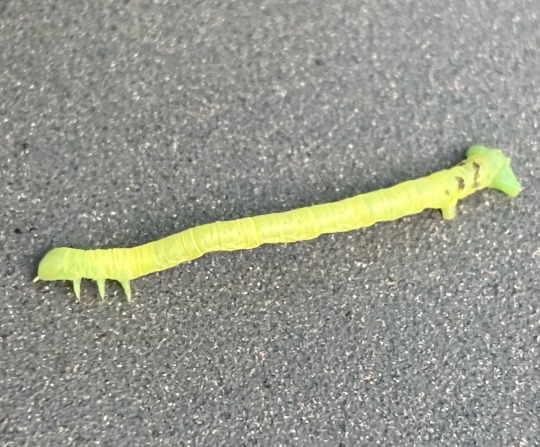
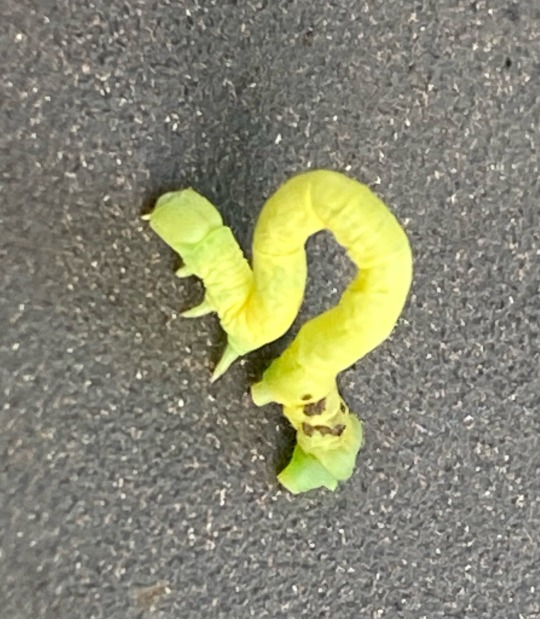

geometrid moth caterpillar, also known as the inchworm
#inchworm#caterpillars#geometridae#lepidoptera#arthropods#bugs#bug pictures#insect photography#moths#inchworms#photography#bugblr
210 notes
·
View notes
Text

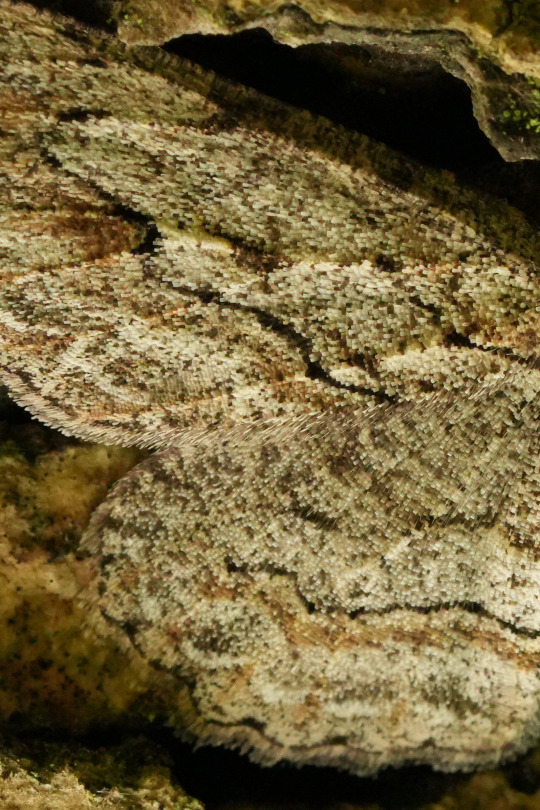
Unknown moth (genus Ectropis?)
#ljsbugblog#bugblr#entomology#macro#insects#lepidoptera#moths#geometridae#geometer moths#ectropis#engrailed moths#unconfirmed ID
73 notes
·
View notes
Text
this flower-feeding inchworm (larva of the wavy-lined emerald moth, Synchlora aerata) is a “decorator caterpillar” that chews off pieces of leaves and flowers and attaches them to its body for camouflage. Its strange twitchy movements probably help it look more like a piece of debris in the wind than a crawling caterpillar.
this one was feeding on goldenrod and has mostly dead, brown flower parts, but they’ll also cover themselves with brightly colored petals depending on what kind of flower they’re feeding on. The adult wavy-lined emerald is bright green and holds its wings flat at rest to stay hidden on leaves.
(Massachusetts, 8/6/22)
1K notes
·
View notes
Text

I believe this is the peppered moth - Biston betularia - which many will remember from biology classes, where it was held up as an example of evolution in action from the all-black phase which became prevalent in sooty, industrial parts of britain.
It normally lies with its wings flat against a black and white, textured surface where it can be very hard to spot. The unusual pose here might indicate that this is a newly hatched moth that is still inflating and hardening its wings.
155 notes
·
View notes
Note
have you guys done the chimney sweeper moth yet?
Moth Of The Day #210
Chimney Sweeper
Odezia atrata
From the geometridae family. They have a wingspan of 23-30 mm. They inhabit chalk downland, limestone grassland, woodland edges and hedgerows. They can be found in Europe and parts of Asia.

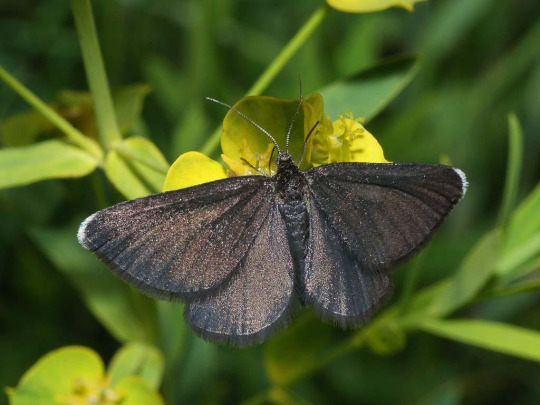
Image sources: [1] [2]
#moth#moths#lepidopterology#lepidoptera#nature#pretty moth#insect#bugs#moth of the day#motd#insects#bug#lepidoptery#entomology#invertebrates#bugblr#chimney sweeper moth#odezia atrata#geometridae moth#geometridae
640 notes
·
View notes
Text
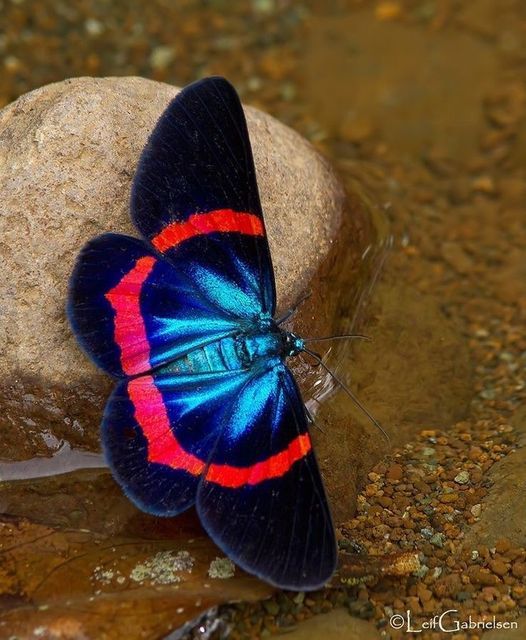
Diurnal Moth (Milionia fulgida), family Geometridae, Mindinao, Philippines
photograph by Leif Gabrielsen
2K notes
·
View notes
Text

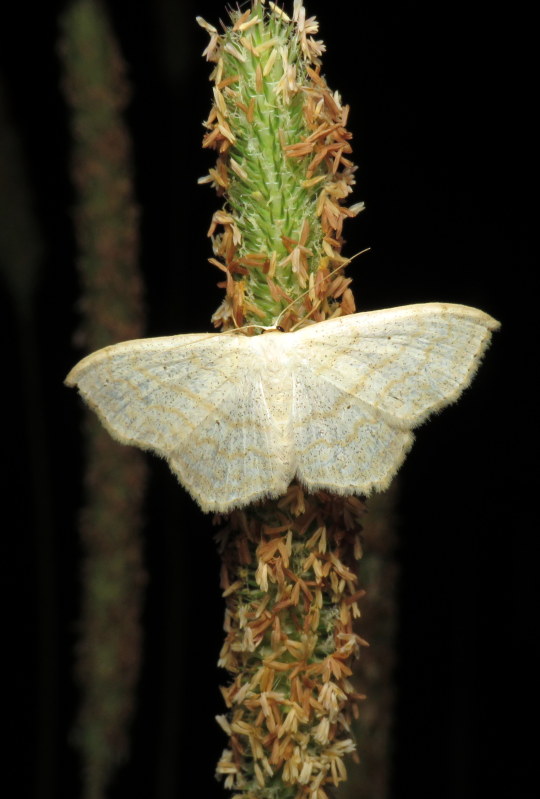
Bug of the Day
Found this large lace-border moth (Scopula limboundata) resting on a grass flower on the edge of a big field.
#large lace-border moth#Scopula limboundata#Scopula#Geometridae#Lepidoptera#moth#insect#bug of the day#BotD
251 notes
·
View notes
Text
Uncharismatic Fact of the Day
Careful not to sneeze on the Peppered moth! This species gets its name from its distinctive speckles-- black spots on a white background. The pattern helps it blend in with the trees it rests on, and varies greatly according to the average color of trees in a population's territory. In fact, the distinct differences have often been used as an example of natural selection and evolution! At the turn of the century, the light-colored trees this species used became blackened by soot, and so naturalists were able to observe the population's colouring shift over time to reflect their new surroundings.


(Images: Two peppered moths (Biston betularia) one light morph and one dark morph-- against a light and dark tree background by John S. Hayward)
If you like what I do, consider leaving a tip or buying me a ko-fi!
#peppered moth#Lepidoptera#Geometridae#geometer moths#moths#lepidoptrids#insects#arthropods#uncharismatic facts
104 notes
·
View notes
Text
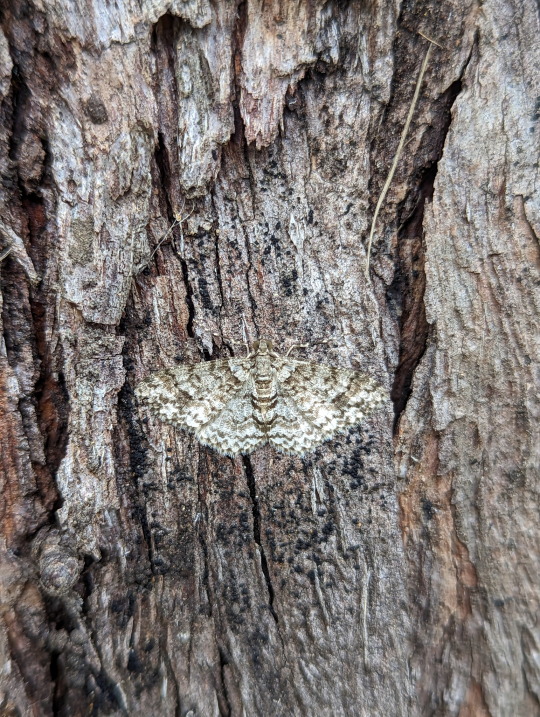
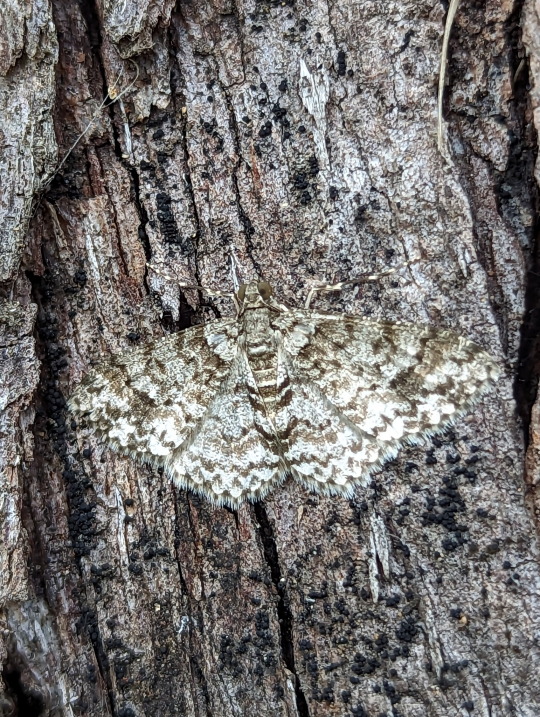
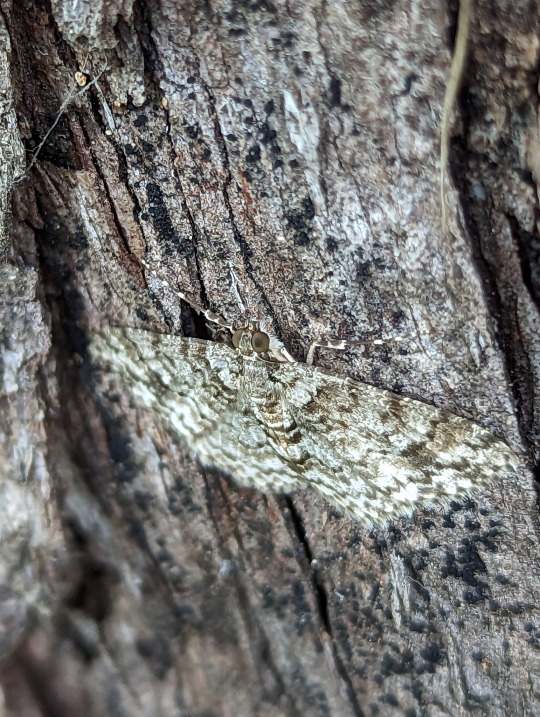
Camouflaged Geometer Moth
Myrioblephara desumpta
24/03/23 - NSW, Dapto
#invertebrates#invertblr#Arthropods#Arthropoda#bugs tw#insects#insect#insecta#insectblr#insects tw#bugs#bugblr#bug#entomology#Myrioblephara desumpta#Geometridae#Geometer Moths#Lepidoptera#lepidopterology#inchworms#moths#mothblr#moths tw
41 notes
·
View notes